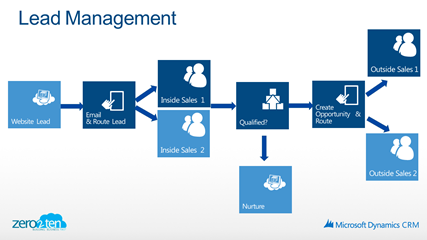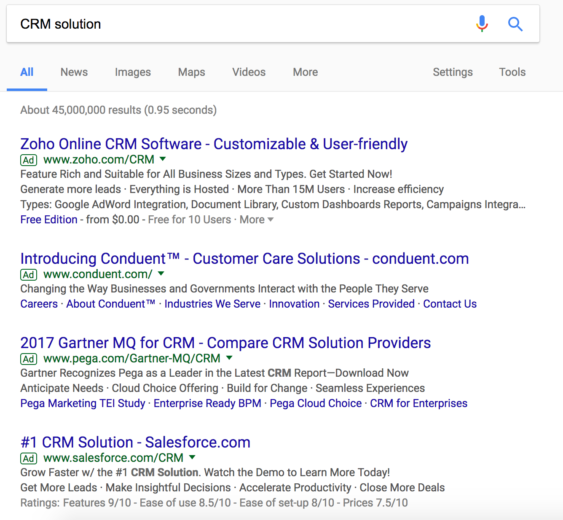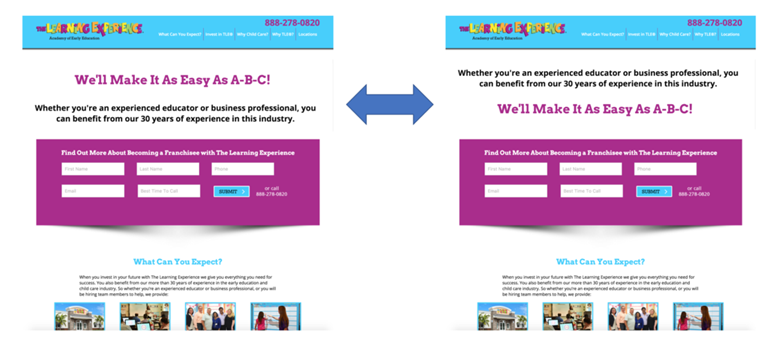3 Ways To Improve B2B Lead Quality

Working towards lead quality is always a work in progress, but there are some specific ways we can improve the quality of leads. Cassie wrote a post in 2014 that gave 5 tips to help lead quality through broadening targeting options. In this post, we will focus on ways that may drop lead volume, but boost our main goal of “quality over quantity”. This helps us work towards a lower cost per MQLs (or Marketing Qualified Lead). These three updated tips will help you get more out of your paid media campaigns for lead quality.
Use CRM Lead Data And Reporting
This is an area that is often discussed, but hardly ever executive properly. Whether we directly integrate CRM data into AdWords or use downloaded reports, it is easy to still use conversion tracking to find leads and which keywords convert, but the goal is the quality of lead, which is the stage after the initial inquiry, or conversion.

By focusing conversion reporting on CRM data, we can then find the specific keywords and ads that move that initial inquiry to an MQL or prospect, based on the actual business information instead of the form fill. The trick is that this may increase the cost per conversion we see in AdWords, but ultimately, we will improve performance of actual prospects and final sales opportunities.
Pre-Qualify With Ad Copy
Once we have the initial lead set up with conversion tracking and proper UTMs for the CRM programs, we can pre-qualify our potential inquiries and leads with proper ad copy. This can be as simple as testing out different lead offers with call outs as to what it is the user is receiving when they give over their information. If the user is really interested in your product or service, they will more likely give over their information.
Here’s an actual Google search with different offers. Which one do you find the most appealing?

It will vary by user, but the best ad is one that calls out the benefit of the platform but then also calls out what they will receive after they give over the information. Usually as a first touch point, using a comparison report or whitepaper works best. From that point, using RLSA specific ad copy to qualify users further through demos or free trials help move prospects through the sales funnel.
Landing Page Testing
The last tip is testing landing pages. This can be as simple as switching the location of the form to testing out different content on the page. It can also be using bullet formed information vs paragraph form. I’ve also tried multiple forms or a button on a long page that directs users back up to the original form, if it moves out of screen. By testing content and title differences with the pre-qualified ad copy and offer, we can help keep unqualified leads from filling out the form while making sure our more qualified inquiries make it into the sales funnel.
In this example, the test is changing the top messaging and headline. Its not a major change, but can speak to visitors differently.

Landing page testing is like ad testing in that, it takes more than one test and testing type to find what will drive leads. Use these elements as a starting point to help improve quality conversion rates.
- Trust elements
- Product information; this sounds easy enough, but is not always executed well
- Customer reviews
- 3rd party recommendations,
- Imagery of offer and/or product
- Privacy statement for form fills
- Company experience and story
- Form above the fold
- Test out form information; if someone isn’t familiar with you they may be less likely to fill out an address and multiple contact points without first seeing the offer and getting initial information
Conclusion
These are just a few simple ways to adjust towards a better sales funnel and optimize towards the targeting, pages and messaging that drives those quality leads. Is there a specific tip or trick that you’ve found to be your go-to quality booster? Let us know on Twitter!



